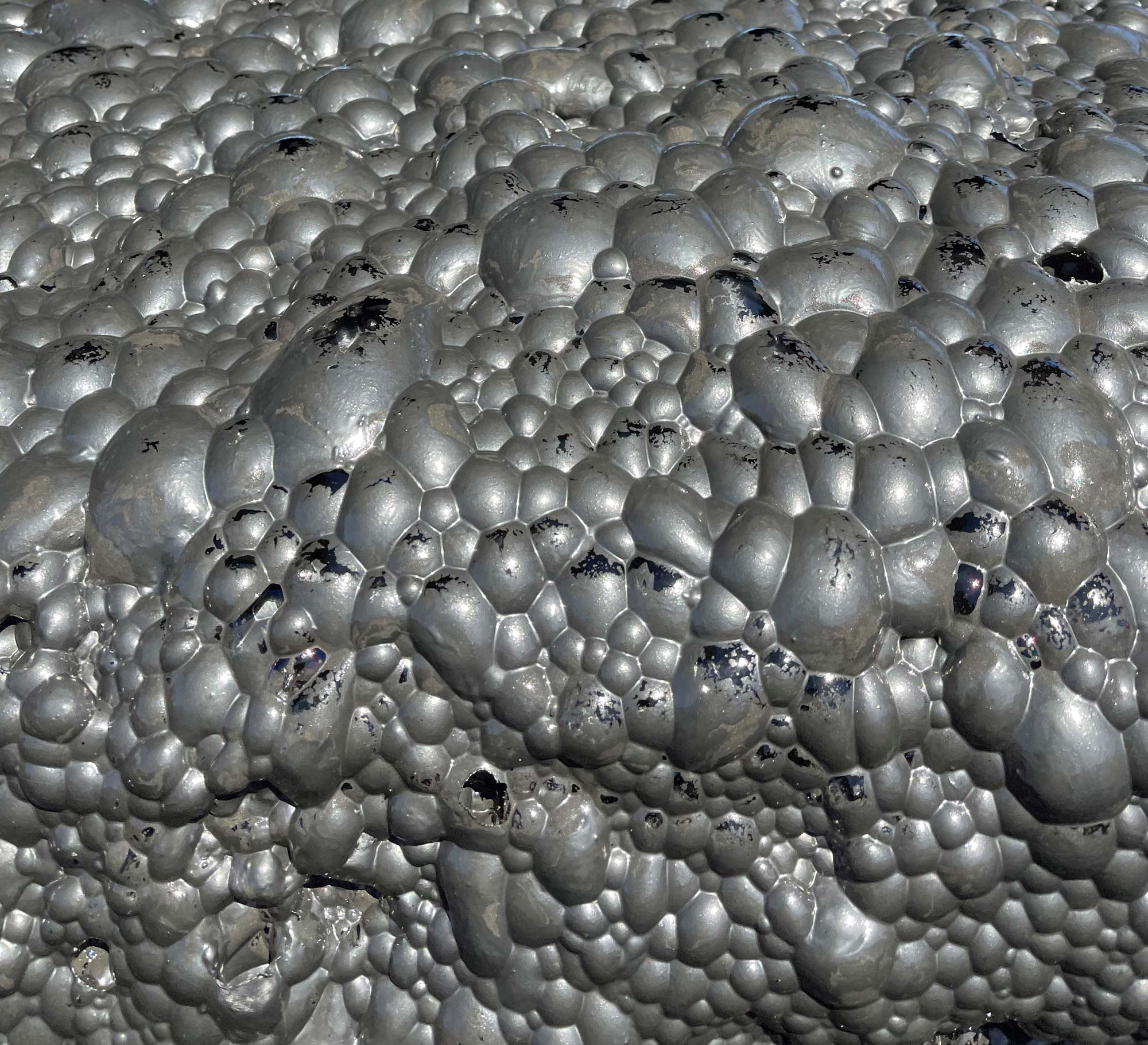Approach: Analytics and in-stream information with particle size for flotation plant optimisation.
This HDR project is measuring particle sizes in mineral processing streams using novel fluid flow systems and in-line detection of slurry characteristics using light scattering/obscuration and ultrasonic techniques. Mineral processing depends significantly on particle size in almost all methods of separation and concentration. Flotation recovery depends on both the size of the particles (optimally between 10 and 50 microns) and the liberation of the particles (i.e., each particle is solely one mineral). Effective treatment of tailings depends on the size of the waste particles, with smaller particles being less likely to undergo rapid settling. And lastly, the particle size, and thus the available surface area, critically influences the leaching rate in material for hydrometallurgical extraction.
In spite of their importance, there are few straightforward methods that provide real-time measurement of particle size and particle size distributions directly in mineral processing streams. This project is developing a slurry handling/fluid flow device that samples mineral suspensions and uses a combination of light scattering/obscuration (and possibly, ultrasonics) to determine the range of particle sizes. This sensor is being integrated with the Pulp Chemistry Monitor, developed and commercialised by Magotteaux, to give combined size/pulp chemistry information, which will be used as a means of advanced process control to optimise flotation.







